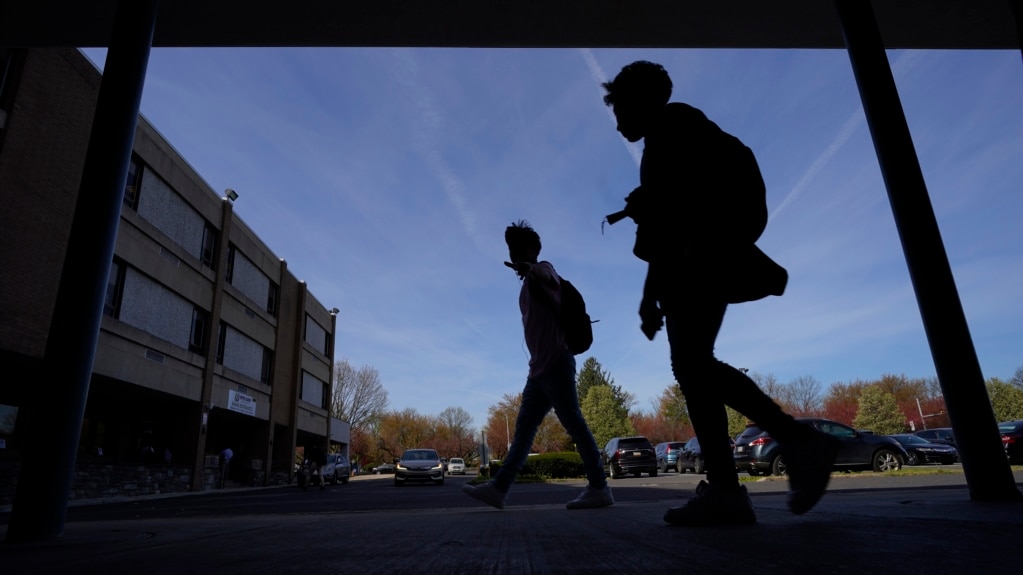Education officials and activists are concerned about an increase in the number of American students who are absent for many days during the school year.
Education policy experts call the problem “chronic absenteeism.” Chronic absenteeism is defined as missing more than 10 percent, or about a total of 18 days, out of the school year. The 18 days do not need to be missed at one time and can be missed for any reason.
Joshua Childs is a professor of education policy at the University of Texas, Austin. He said in an interview with the American Association for the Advancement of Science that, on average, 7.5 to 8 million students each year are chronically absent from school in the United States. But since the COVID-19 pandemic, that number has increased to at least 10 million a year.
In Los Angeles schools, the second largest school district in the country, nearly half of students were considered chronically absent during the 2021-2022 school year. In Chicago, about 45 percent of students were chronically absent.
Following the pandemic, “chronic absenteeism reached levels never before seen in this community,” Los Angeles Unified School District Superintendent Alberto Carvalho told reporters in February.
Educators say students need to attend school regularly to be successful. Childs said being absent from school hurts students both academically and socially.
“Students who are chronically absent or miss a significant amount of school are more likely to drop out and are less likely to graduate from high school,” Childs said.
He added that students who miss a lot of school are less likely to feel connected with the school community and build relationships with other students and teachers.
The Education Trust is a non-profit education research organization. In a report published in March, the group said that poor students, students of color, and students who do not speak English at home are the most likely to miss a lot of school. Those students are also more likely to lack the ability to make up for the lost time.
There are many reasons why students miss a lot of school. Childs said the lung condition of asthma; obesity, or being extremely overweight; and dental problems are the leading physical causes. Since the pandemic, mental health problems also have increased.
There may also be community and neighborhood problems that play a part in attendance, Childs said. Certain conditions also can affect attendance. These include whether a student has safe transportation to and from school or whether the school itself is a safe environment. Childs added that if families do not feel connected with the school community or do not value education that can add to absenteeism.
The Education Trust report advised districts to deal with the underlying issues that are keeping students out of school to improve attendance. It said answers require cooperation between students, families and the community.
Traditionally, students and families have been punished for low attendance. In extreme cases, parents can be sentenced to jail if their children are absent from school too often. But punishing students and families for being absent has “not been shown to improve attendance,” and can even make the problem worse, the group’s report said.
In Los Angeles this year, improving attendance was a top issue for the district. The city hired workers to visit homes to find students who had been absent to get them back into school. The district also hired more attendance counselors to assist families in getting housing, food, or even transportation. Los Angeles schools superintendent Carvalho told the Philadelphia Inquirer in May that the district had seen a 32 percent decrease in chronic absenteeism.
The Education Trust said chronic absenteeism is a community problem that should be dealt with using community-based methods.
“Unless school leaders draw upon the knowledge of their students and families, they are unlikely to create effective solutions,” the report said.
I’m Dan Novak.

